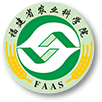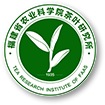Abstract:
Objective The pesticides registered for applications on tea plants in the nation was reviewed for effective prevention/control on diseases and pests in the hilly areas of Jiangsu Province as well as general safety of tea production and consumption.
Method By searching on China Pesticide Information Network for pesticides registered to be used on tea plants as the target crop or at tea plantations and examining the past monitoring records and survey reports on pests at the area plantations, this article statistically analyzed the collected data and information.
Result The commonly found pests that infested tea plants in the region were tea leafhopper, green bug, tea aphid, black thorn whitefly, and inchworm. The frequency of occurrences and degree of damage by the infestation varied from early spring to late autumn in a year. Up till September 20, 2024, 47,209 pesticides had been registered on record in China. Of which, in a low percentage, merely 970 (784 individual substances and 186 with mixed ingredients) were within the expiration date of approval for application on tea plants. They included 818 insecticides and acaricides that accounted for 84.33% of all, 105 herbicides, 39 germicides, 7 growth regulators, and 1 inducer. In number, the products for controlling the small green leafhopper formulated with 87 various active compounds topped all the registered pesticides. Most germicides were targeted to prevent and control anthrax (92.31% of all) or tea cake disease. On active ingredients in the 144 registered products, only 25 met the requirement for application on AA graded green food.
Conclusion There were a few pesticides registered for applications on tea plants unevenly distributed in China. Even fewer satisfied the standard for the uses on food claimed to be AA grade green. The situation closely reflected the challenge the industry faced with pest infestation and disease infection at plantations.




 下载:
下载: